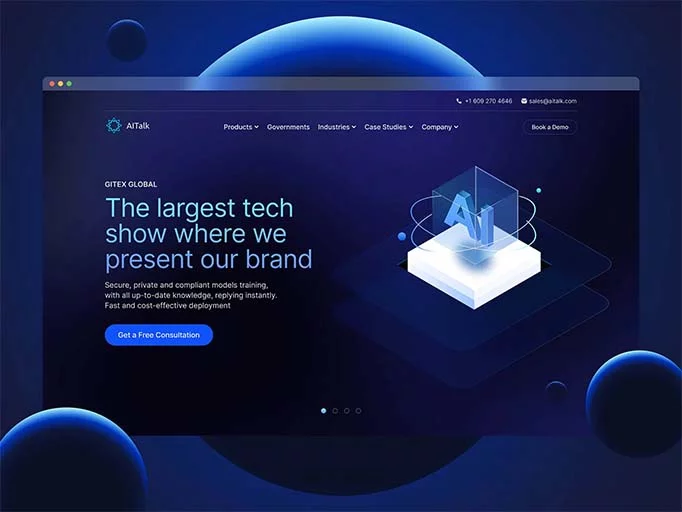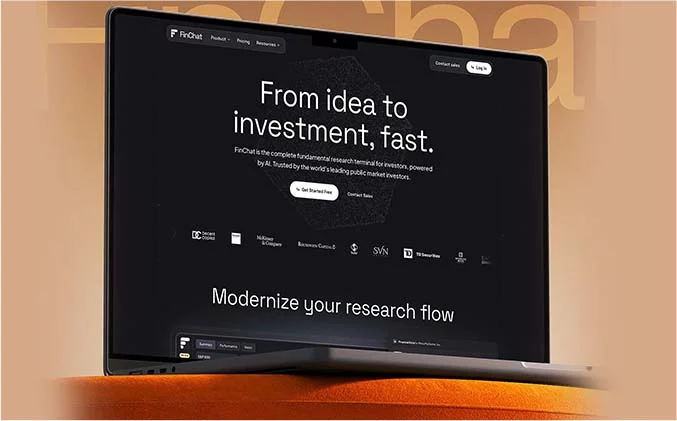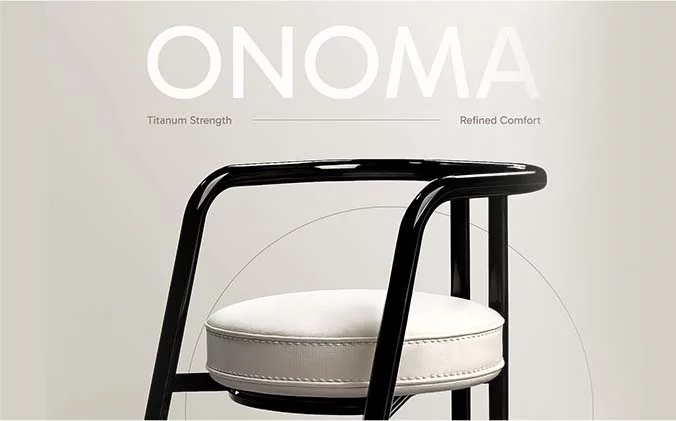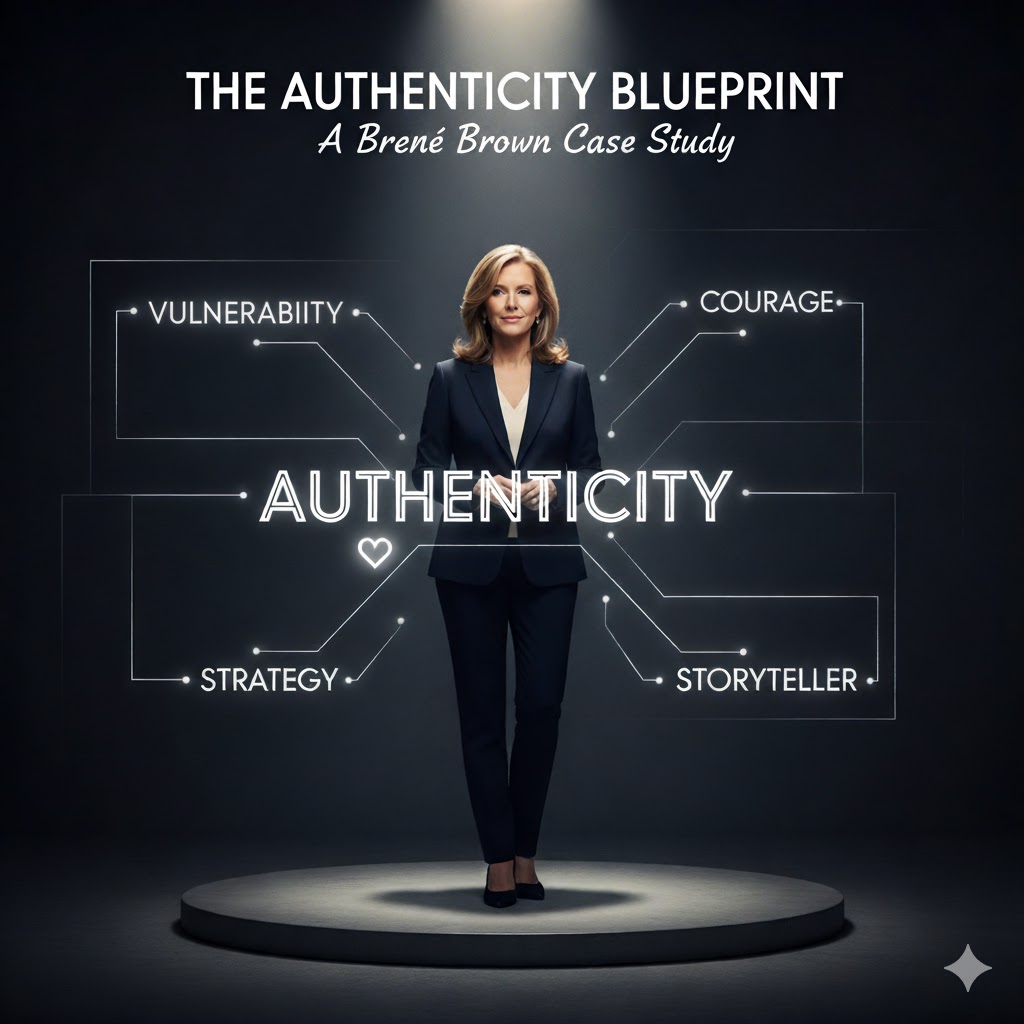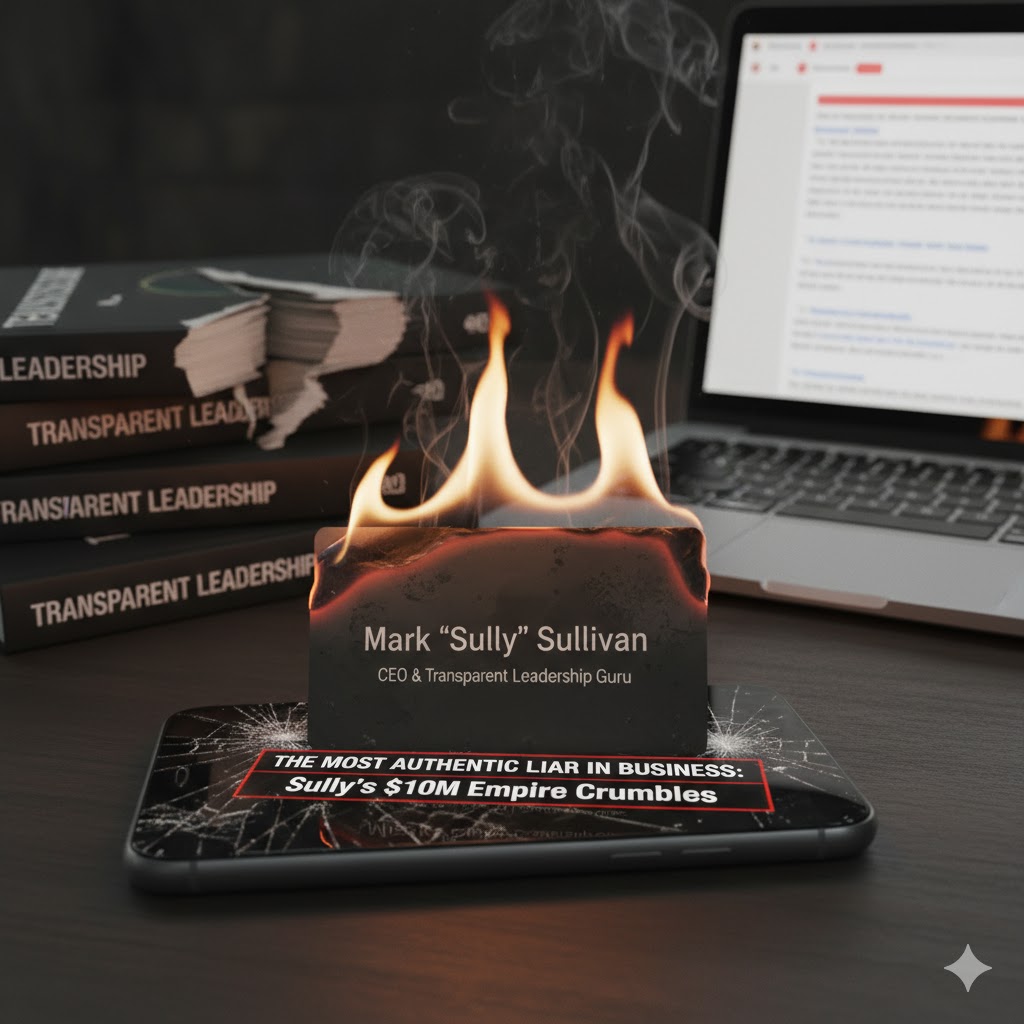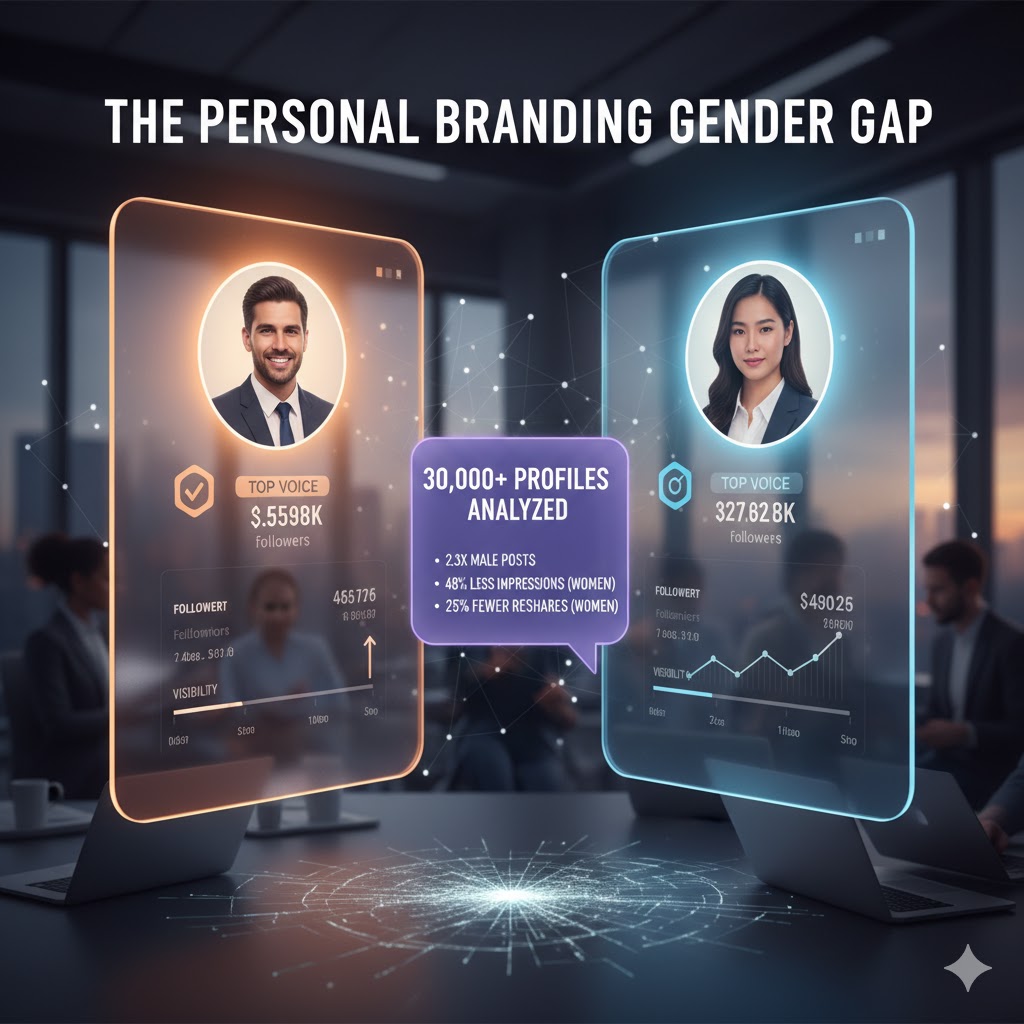
When I tell people I’ve spent over $100,000 on my personal brand, they either laugh… or lean in.
“Was it worth it?” they ask.
And truthfully? Yes, but not in the way I expected.
Building a personal brand isn’t about viral posts or fancy headshots. It’s about investing in something that doesn’t depreciate: your reputation, credibility, and influence. Yet, like any major investment, it comes with lessons learned the hard way.
In an era where “personal branding courses” are a multi-billion-dollar industry, I wanted to go beyond the noise. I invested in coaches, content, design, PR, and strategy, and what I learned reshaped my entire understanding of modern branding.
Here’s what $100,000 (and a few painful mistakes) taught me about building a brand that actually pays off.
1. Money Can’t Buy Authenticity
Let’s start with the biggest myth: money alone won’t build a real brand.
Early on, I spent thousands on professional photos, PR placements, and polished videos, all designed to “look” credible. And it worked… for about a week.
Then I noticed something strange. The more I looked “perfect,” the less people engaged. Comments dropped, messages slowed, and my audience felt distant.
That’s when I realized, people connect to stories, not surfaces.
A 2023 Sprout Social report found that 88% of consumers value authenticity above anything else when deciding which brands (or people) to follow. You can’t outsource sincerity.
Lesson: Authenticity isn’t an expense. It’s earned through vulnerability, consistent presence, and real stories, not staged perfection.
2. Design Without Direction Is a Waste
In my first year, I spent $15,000 on brand design: a new logo, colors, typography, and website redesign. It looked stunning, but it didn’t tell my story.
People would visit my site and leave in 10 seconds. Why? Because the visuals didn’t align with my message.
A personal brand is more than an aesthetic; it’s an identity system. And according to McKinsey’s research, brands that communicate consistently across visuals and tone see up to 23% higher revenue growth.
Lesson: Don’t design before you define.
First, figure out who you are, what you stand for, and why it matters, then let design amplify that.
3. Thought Leadership > Paid PR
Like many professionals, I thought being featured in big-name outlets would make me credible overnight. I spent close to $20,000 on media placements through agencies promising “guaranteed features.”
The problem? They got me mentions, not meaning.
Sure, my name appeared in a few online magazines, but it didn’t convert to followers, leads, or trust. It was attention without authority.
Then I started publishing my own thought leadership: LinkedIn posts, research-backed blogs, and behind-the-scenes lessons. Within 3 months, I generated 3x more inbound leads than from any PR campaign.
Lesson: Visibility is easy. Credibility is earned.
You don’t need to be “seen everywhere.” You need to be understood somewhere.
4. Your Network Is Your Real ROI
One of the most surprising returns on my $100,000 investment wasn’t financial, it was relational.
Every collaboration, podcast invite, and business opportunity came from someone who trusted my voice, not my ad spend.
Harvard Business Review found that 84% of people trust recommendations from individuals they know over any type of advertising.
Personal branding is really about personal relationships, multiplied through visibility.
Lesson: The goal isn’t to build followers. It’s to build advocates. People who believe in your message will amplify it for free.
5. Consistency Beats Virality
When I started, I chased viral content, thinking one breakout post would make me “known.”
It didn’t.
What actually worked was posting consistently with clarity and value. Week after week. Month after month.
Data backs this up: according to LinkedIn, creators who post consistently see 60% higher engagement and 2x more profile views than those who post sporadically.
Lesson: Virality is luck. Consistency is leverage.
Show up with purpose, and your brand compounds over time, like interest.
6. Your Personal Brand Should Outlive Trends
In 2024, I experimented with every trend, short-form videos, AI-generated content, flashy carousels. But the truth? Most trends fade faster than they grow.
What lasts is values-based branding.
People like Simon Sinek, Gary Vaynerchuk, and Brene Brown built brands anchored in timeless principles: purpose, empathy, and connection. That’s why they’re relevant across decades, not algorithms.
Lesson: Don’t chase the next viral trick. Build around timeless truths.
7. The Real Payoff Isn’t Followers; It’s Freedom
After years of investing, here’s what I realized:
The true ROI of personal branding isn’t likes or press; it’s options.
Because of my brand:
- Clients came to me, not the other way around.
- Speaking invites replaced cold pitches.
- I could choose projects aligned with my values.
A strong personal brand gives you leverage to say no, to charge more, and to build work on your terms.
Lesson: A personal brand is not an expense. It’s your greatest career asset.
8. Sustainability and Substance Win the Long Game
The next wave of personal branding isn’t built on self-promotion; it’s built on sustainable credibility.
Audiences are smarter. They care about ethics, social impact, and alignment. A Green Brander study found that 73% of audiences follow leaders whose values align with their own sustainability or social purpose.
That’s why at Green Brander, we believe personal branding must blend human authenticity with corporate responsibility. Because influence without integrity fades fast.
Lesson: The strongest brands in 2025 won’t just be seen. They’ll be believed.
What $100,000 Really Bought Me
When I look back, that $100,000 didn’t buy me fame.
It brought me clarity, credibility, and community.
It taught me that personal branding isn’t marketing; it’s leadership.
It’s not how loud you are; it’s how aligned you are.
And if you’re just starting out, here’s the secret shortcut no course will tell you:
You don’t need $100,000.
You just need a clear story, consistency, and a cause worth believing in.
Because when you build your brand on truth, it grows for life, not for likes.


